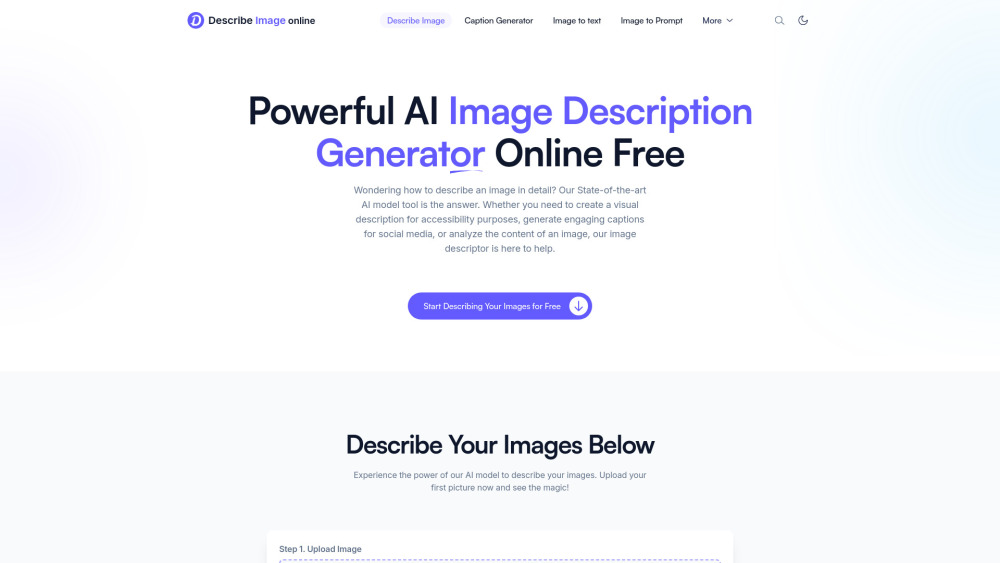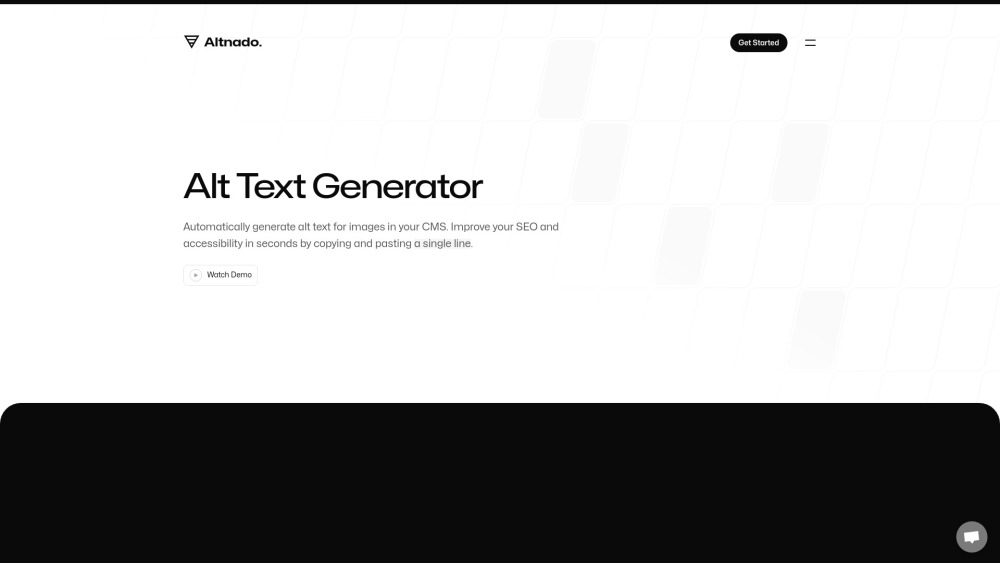L-MAGIC: Language Model Assisted Generation of Images with Coherence
Product Information
Key Features of L-MAGIC: Language Model Assisted Generation of Images with Coherence
L-MAGIC harnesses pre-trained diffusion and language models without fine-tuning, ensuring zero-shot performance, and enhances output quality with super-resolution and multi-view fusion techniques.
Zero-Shot Performance
L-MAGIC harnesses pre-trained diffusion and language models without fine-tuning, ensuring zero-shot performance.
Super-Resolution
L-MAGIC enhances output quality with super-resolution techniques, providing better scene layouts and perspective view rendering quality.
Multi-View Fusion
L-MAGIC enhances output quality with multi-view fusion techniques, providing better scene layouts and perspective view rendering quality.
Dynamic Scene Exploration
L-MAGIC enables dynamic scene exploration with fluid camera motion, providing a more immersive experience.
3D Point Cloud Generation
L-MAGIC enables 3D point cloud generation, providing a more detailed and accurate representation of the scene.
Use Cases of L-MAGIC: Language Model Assisted Generation of Images with Coherence
Generate panoramic scenes from a single input image.
Create dynamic scenes with fluid camera motion.
Generate 3D point clouds from panoramic scenes.
Apply L-MAGIC to various input modalities, including text, depth maps, sketches, and colored scripts.
Pros and Cons of L-MAGIC: Language Model Assisted Generation of Images with Coherence
Pros
- Provides better scene layouts and perspective view rendering quality.
- Enables zero-shot performance with pre-trained diffusion and language models.
- Enhances output quality with super-resolution and multi-view fusion techniques.
Cons
- May require significant computational resources.
- May require large amounts of training data.
- May not work well with low-quality input images.
How to Use L-MAGIC: Language Model Assisted Generation of Images with Coherence
- 1
Input a single image or text prompt.
- 2
Select the desired output resolution and quality.
- 3
Choose the desired input modality (e.g., text, depth map, sketch).
- 4
Run the L-MAGIC algorithm to generate the panoramic scene.







